2). Non-Art-Net Mode
H801RS, in non-Art-Net mode, supports the following chips:
DMX512, HDMX, DMX512_RDM, APA102, WS2801, WS2811, WS2812, WS2813, TM1812, TM1809, TM1804, TM1923, TM1934, TM1925D, TM1926D, TM1803, TM1814, TM1913, TM1914, TM1926, UCS1903, UCS1909, UCS1912, UCS2903, UCS2909, UCS2912, UCS8904, UCS5603, SK9816, SK6812, SM16711, SM16703, SM16709, SM16712, SM16704, XT1511, XT1505, XT1603, XT1801, XT1901, LPD6803, LPD1882, LPD1889, LPD1883, LPD1886, INK1003, APA104, LC8812, P9883, GW6205, QED3110
Note: H801RS still supports chips with the same time sequence as above.
The connection is the same as in Art-Net mode.
Non-Art-Net Mode Differences from Art-Net Mode:
- In non-Art-Net mode, H801RS supports more chips than in Art-Net mode.
- In non-Art-Net Mode, each H801RS port supports a maximum of 1024 pixels; eight ports support a maximum of 8192 pixels.
- In non-Art-Net Mode, H801RS only supports our company's software, not Art-Net software.
2. Offline mode
1). Work as a standalone controller.
H801RS can work as a stand-alone controller as an SD card is plugged in; each port supports max 1024 pixels.
Basic working procedure:
First, you need to connect LED lights to H801RS; the following image just shows one port and doesn't display a power supply.
Second, set the connection method in Led Build Software.
Third, choose the chip model, controller model, and clock frequency.
Fourth, create effects.


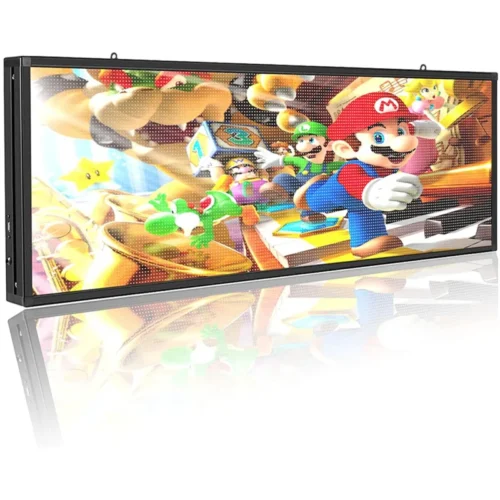

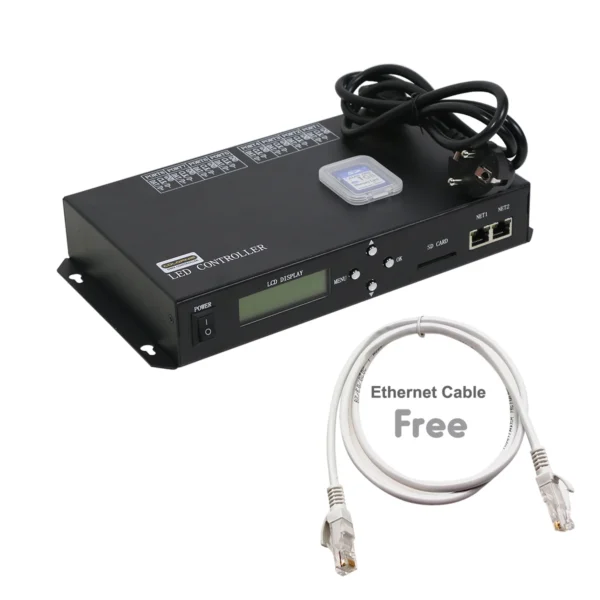
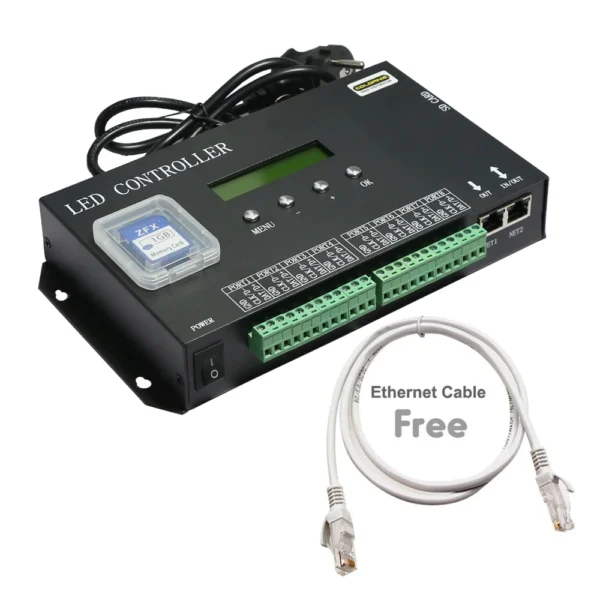
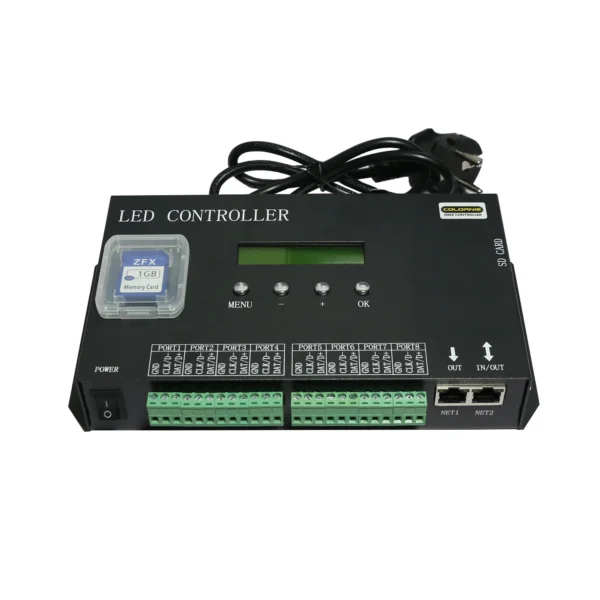
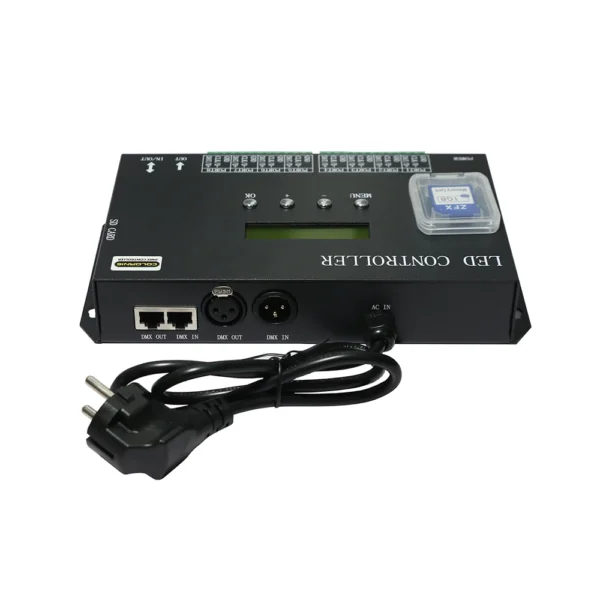
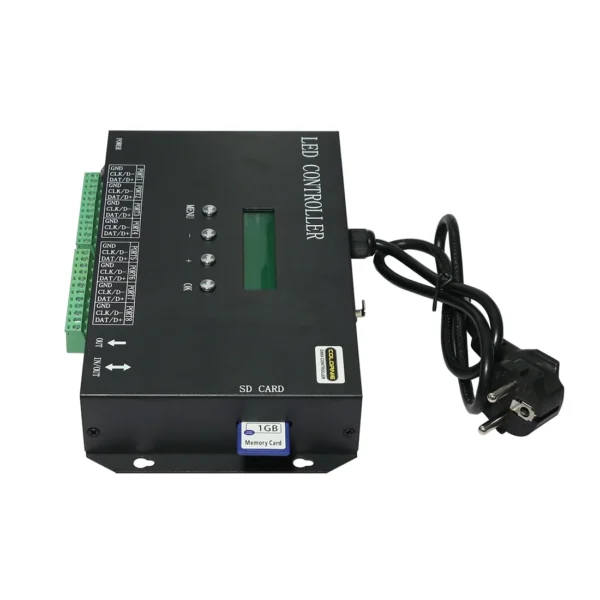




























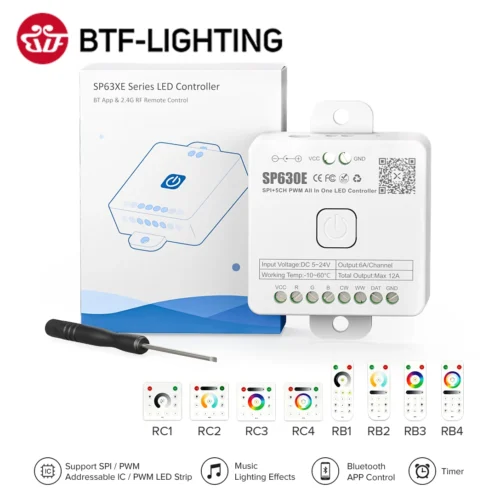


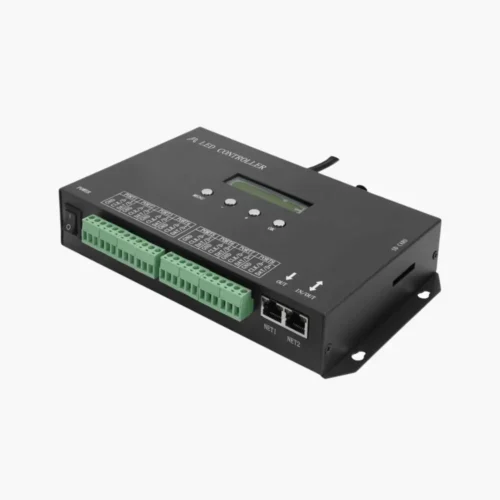
Reviews
There are no reviews yet.